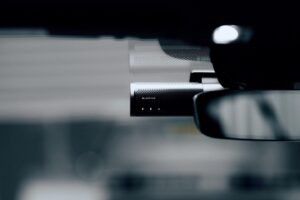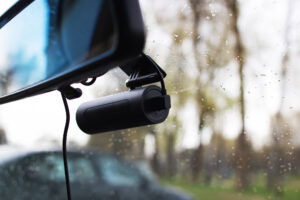
5 Mistakes to Avoid When Using a Dash Cam
In an era where technology plays a pivotal role in enhancing safety on the roads, dash cams have become an
Welcome to our blog here you can find product guides, reviews and helpful tips & tricks

In an era where technology plays a pivotal role in enhancing safety on the roads, dash cams have become an

Motorists are increasingly recognising the advantages of fitting their vehicles with dashboard cameras. Besides furnishing indisputable evidence in the event

If you already own a dash cam, you’re likely familiar with its fantastic features that enhance driver safety. However, what
G1W Dashcam Review The G1W has been a best seller of ours for a long time now, so we’ve been
New Release: The Nextbase 122 Dash Cam As part of the brand new series of Nextbase dash cameras, the Nextbase
We often get asked ‘which is the best dash camera?’. This is a hard question because it will always come
Replay XD 1080 Mini Review Being a daily cycle commuter, I had been wanting to review the Replay XD
Mi-Witness HD Dashcam Review Given its multi-award winning status, we were excited to receive the Mi-Witness HD for review recently.
iPixi/Winycam V200HD Review If you’ve read our review of the BlackVue DR550GW, you’ll know that we’re big fans of 2-channel
Mini 0803: Coming Soon Today we’ve been speaking to the Chinese company that manufacture the Mini 0801 about the next-generation